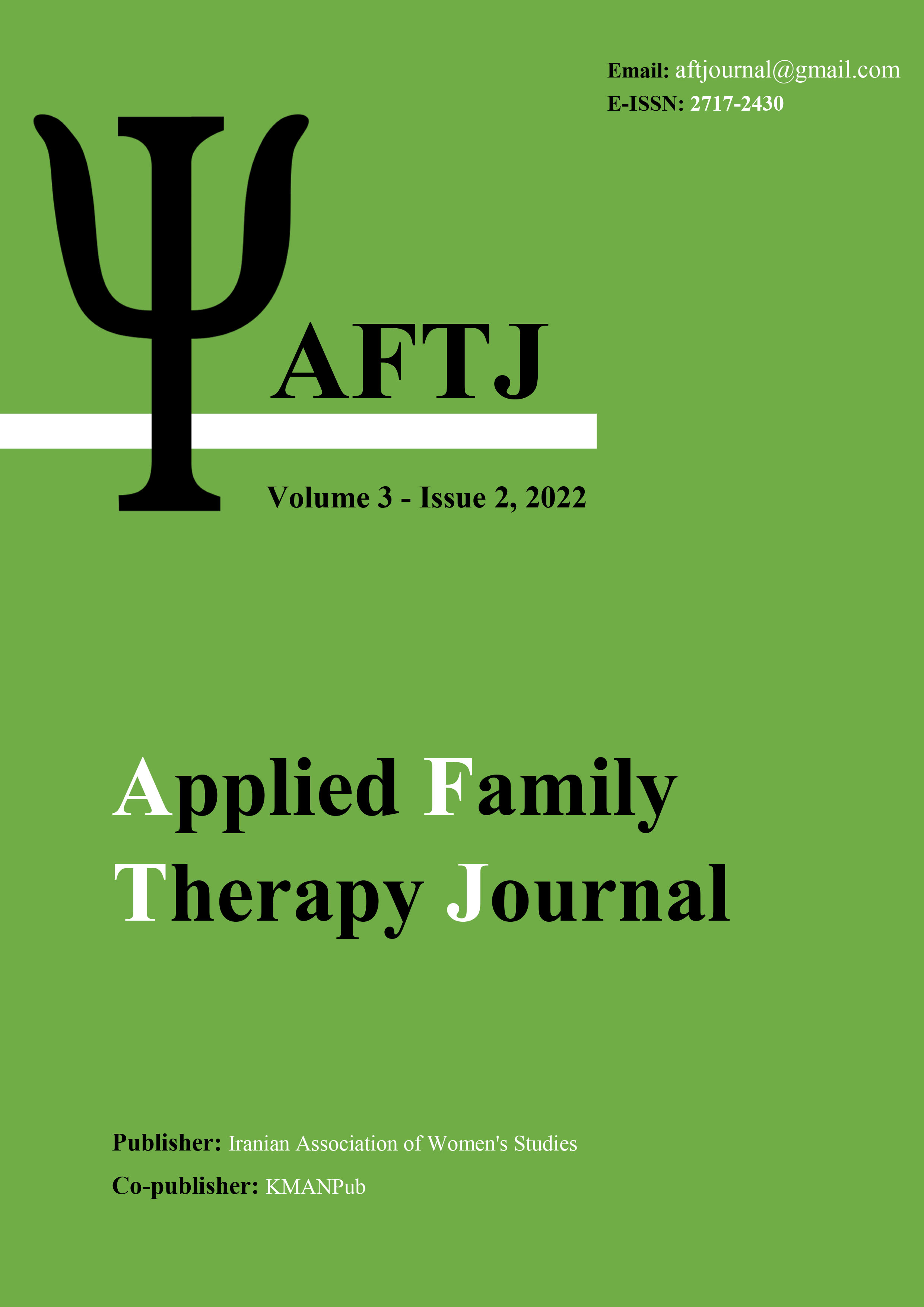The Effectiveness of Schema Therapy and Imago Therapy on the Difficulty of Emotion Regulation and Failure in People Involved in Emotional Divorce
Keywords:
Schema therapy, Imago therapy, frustration, Difficulty adjusting excitement, Emotional divorceAbstract
Aim: The present research aims to compare the effectiveness of schema therapy and imago therapy on the difficulty of emotion regulation and failure in people involved in emotional divorce. Methods: The current research was conducted as a semi-experimental type with a control and follow-up group. The statistical population of this research was the couples who referred to Tehran Judicial Complex in 2018. 45 people were selected by purposive sampling according to the Gutman Emotional Divorce Questionnaire, and were divided into three groups of 15 people, completely randomly. The first experimental group underwent schema therapy intervention by Jeffrey Young et al. (2012) and the second experimental group underwent Hendricks (2013) imagotherapy intervention for twelve weekly sessions. The tools of this research were Gutman's Emotional Divorce Scale (1997), Harrington's Frustration Tolerance Questionnaire (2005) and Gratz and Romer's (2004) Emotion Regulation Difficulty Scale. Multivariate analysis of variance and Bonferroni's post hoc test were used to analyze the obtained data. Results: The results showed that the intervention of schema therapy and imago therapy was effective on the difficulty of emotion regulation (F=23.32, P=0.001) and failure (F=48.96, P=0.001) and this effect in the stage The follow-up was stable; Also, the results showed that there is no significant difference between the effectiveness of the two approaches of imago therapy and schema therapy. Conclusion: The findings showed that the use of treatments in this research can be used in planning preventive interventions to promote and improve mental health and emotional relationships in people involved in emotional divorce.
Downloads
Downloads
Published
Issue
Section
License

This work is licensed under a Creative Commons Attribution-NonCommercial 4.0 International License.





















